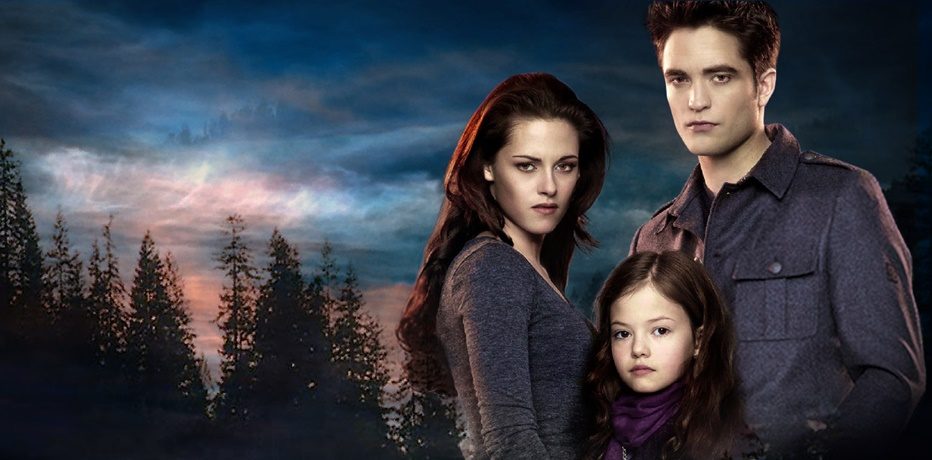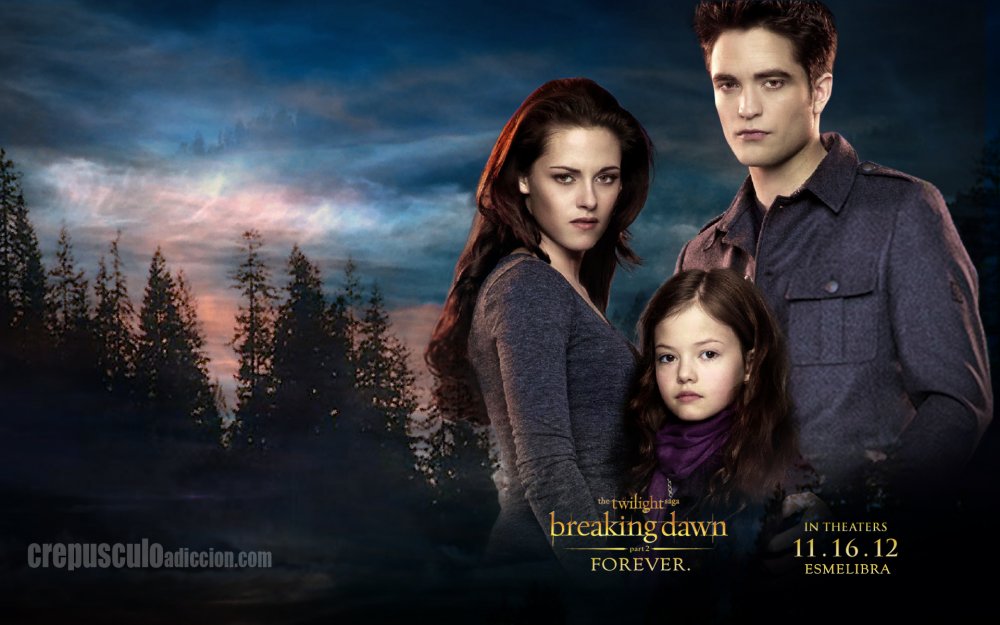



Īspect ratio cropped to 1.43:1 for IMAX 70mm prints. įirst mainstream release in IMAX Digital. Preceded by 6-minute preview of The Dark Knight. Re-release with 2 minutes of additional scenes. Originally 2D, 20-minute finale converted to 3D. Harry Potter and the Order of the Phoenix End-credits sped up to fit the film to the IMAX platters. Screened with no end credits in some theatres with older IMAX equipment which had platter size limits. Aspect ratio cropped to 2.00:1 for the entire film. The first feature-length film to be released simultaneously in regular and IMAX theaters. Closing credits changed to slide format due to platter size limits. 22 minutes shorter than the 35mm version due to older IMAX equipment having platter size limits.

Star Wars: Episode II – Attack of the Clones 24 minutes shorter than the 35mm version due to older IMAX equipment having platter size limits. Films that were presented in IMAX theatres using 35mm or digital prints, but were never specifically mastered for IMAX, are not included. This list includes the films which have been released in IMAX theaters. Cinematographer Roger Deakins supervised custom transfers for Skyfall, Blade Runner 2049, and 1917 rather than using IMAX's DMR process. the Snowman 3D) were released in 70mm IMAX prints however, they were not subject to DMR processing. Several animated titles ( Fantasia 2000, Beauty and the Beast, Treasure Planet, The Lion King, Falling in Love Again, CyberWorld, Fly Me to the Moon 3D, and Santa vs. However, since 2002, some feature films shot with IMAX digital cameras or on original 35mm film stock have undergone IMAX Digital Media Remastering (DMR) processing for showing both in 70mm IMAX theaters and in IMAX Digital theaters. IMAX cameras and film stock are rarely used for mainstream films the cameras are heavy and the film stock is expensive. This is a list of films released in IMAX which uses IMAX, a motion-picture film format and projection standard.


 0 kommentar(er)
0 kommentar(er)
